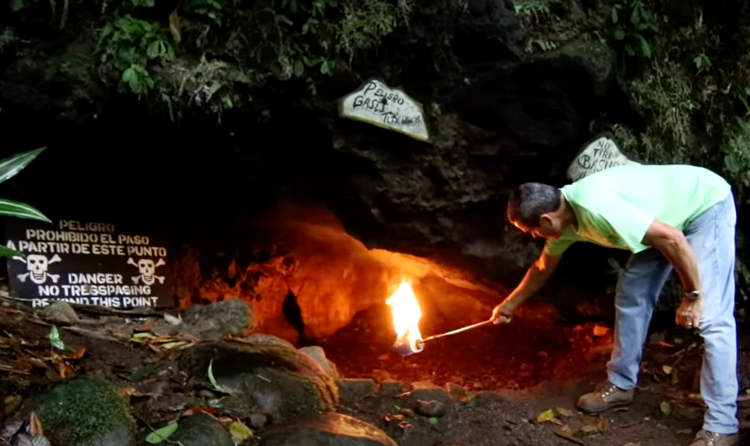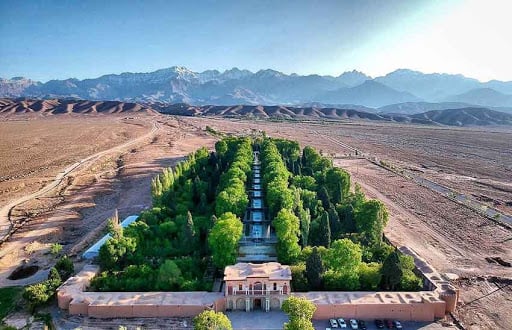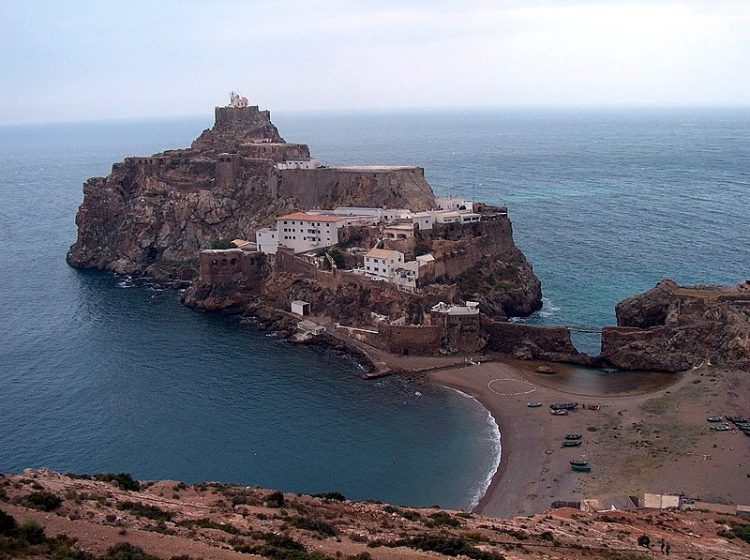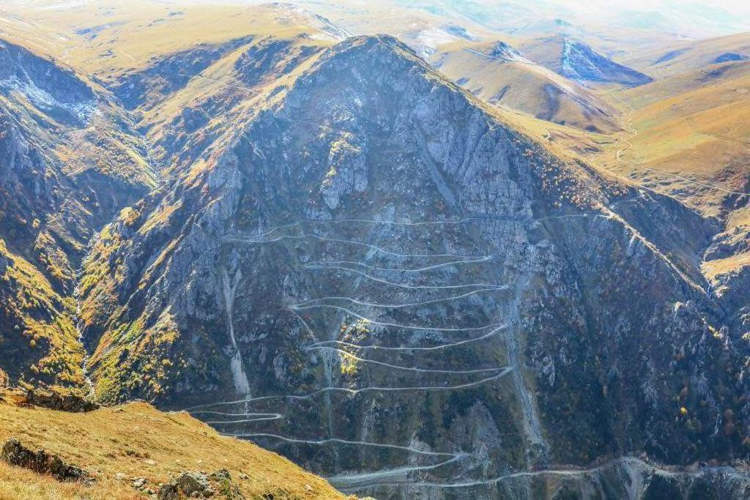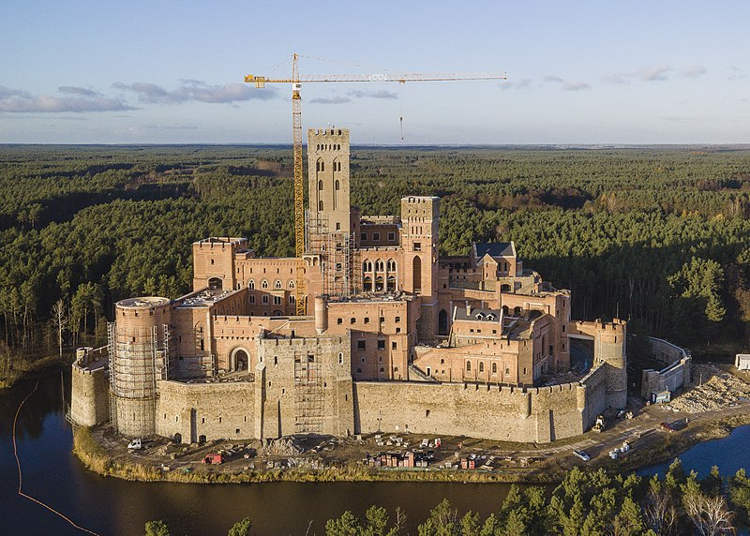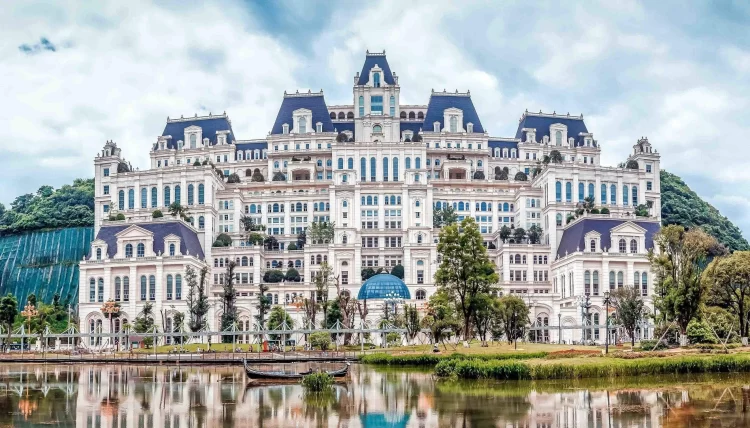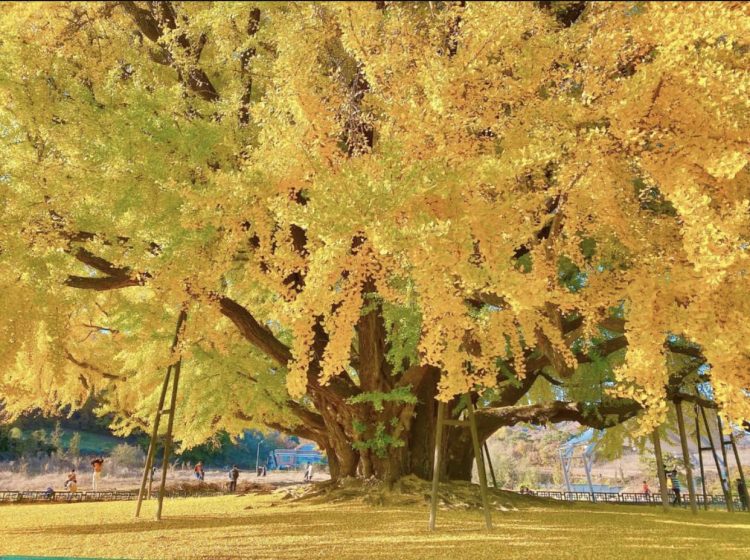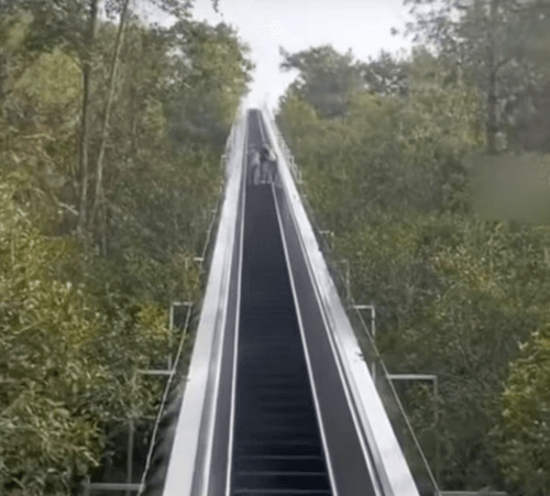During the month of May, camel riding is such a popular pastime at the Mingsha Mountain and Crescent Spring scenic spots in China’s Kumtag Desert that local authorities use camel traffic lights to avoid traffic jams.
One of the last things you would expect to find in the middle of a desert is a functional traffic light, but you can find several of them in the sand dunes of the Mingsha Mountain and Crescent Lake Nature Park, in northwestern China’s Gansu Province. During the annual holiday at the beginning of May, thousands of people flock to these natural tourist spots and engage in a variety of activities, the most popular of which is undoubtedly camel riding. In 2023, there were around 2,400 camels available for riding, as well as tens of thousands of tourists per day at the Mingsha Mountain and Crescent Spring scenic spots alone, which resulted in serious traffic congestion problems. Luckily, local authorities came up with an ingenious solution – camel traffic lights.


